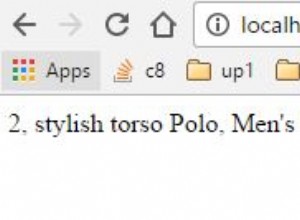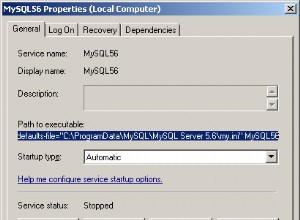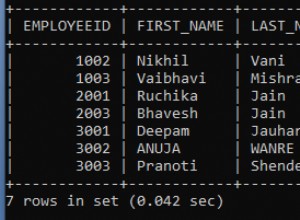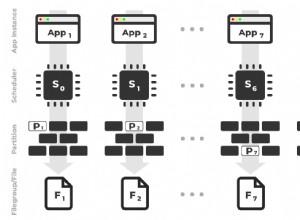Na razie nie wydaje mi się, żeby było to możliwe z SailsJS 0.10.5. Właściwie chciałbym zrobić to samo, więc zdecydowałem się zaimplementować w tym celu szybki hack.
Otwórz plik sails/lib/hooks/blueprints/actionUtil.js , edytuj metodę populateEach jak poniżej:
populateEach: function ( query, req ) {
var DEFAULT_POPULATE_LIMIT = sails.config.blueprints.defaultLimit || 30;
var _options = req.options;
var aliasFilter = req.param('populate');
var shouldPopulate = _options.populate;
// Convert the string representation of the filter list to an Array. We
// need this to provide flexibility in the request param. This way both
// list string representations are supported:
// /model?populate=alias1,alias2,alias3
// /model?populate=[alias1,alias2,alias3]
if (typeof aliasFilter === 'string') {
aliasFilter = aliasFilter.replace(/\[|\]/g, '');
aliasFilter = (aliasFilter) ? aliasFilter.split(',') : [];
}
return _(_options.associations).reduce(function populateEachAssociation (query, association) {
// If an alias filter was provided, override the blueprint config.
if (aliasFilter) {
shouldPopulate = _.contains(aliasFilter, association.alias);
}
// Only populate associations if a population filter has been supplied
// with the request or if `populate` is set within the blueprint config.
// Population filters will override any value stored in the config.
//
// Additionally, allow an object to be specified, where the key is the
// name of the association attribute, and value is true/false
// (true to populate, false to not)
if (shouldPopulate) {
// IMPORTANT NOTE: This is my trick. We should take advanced options from request parameter to make requests even more flexible
var populationOptions = req.param('populate_' + association.alias);
if (!populationOptions) {
var populationLimit = _options['populate_' + association.alias+'_limit'] ||
_options.populate_limit ||
_options.limit ||
DEFAULT_POPULATE_LIMIT;
populationOptions = {limit: populationLimit};
}
return query.populate(association.alias, populationOptions);
}
else {
return query;
}
}, query);
},
Tak! Teraz Twój interfejs API może obsługiwać dodatkowe filtry asocjacji, takie jak poniżej:
# POST /api/documents
{
"where" : {
// Normal conditions
}
"populate_user": {
// Advanced condition for association 'admin'
"where" : {
"role" : {
"like": "%Admin%"
}
},
"limit" : 4
}
}
Mam nadzieję, że to pomoże. Przy okazji znajdę czas, aby jutro wysłać prośbę o wprowadzenie tego ulepszenia do rdzenia SailsJS.
P/S:Rdzeń SailsJS jest całkiem dobrze wykonany. Prawdopodobnie główni twórcy są zbyt zajęci, aby obsłużyć wszystkie prośby o nowe funkcje. Współpracujmy!




